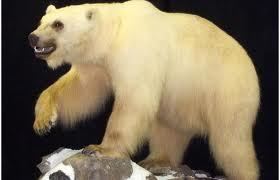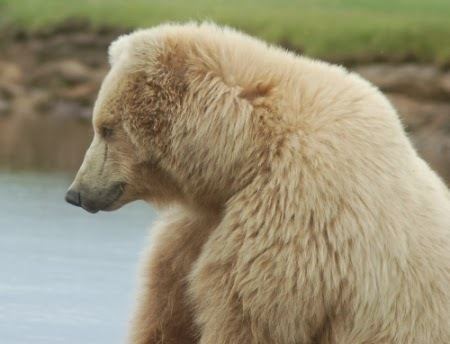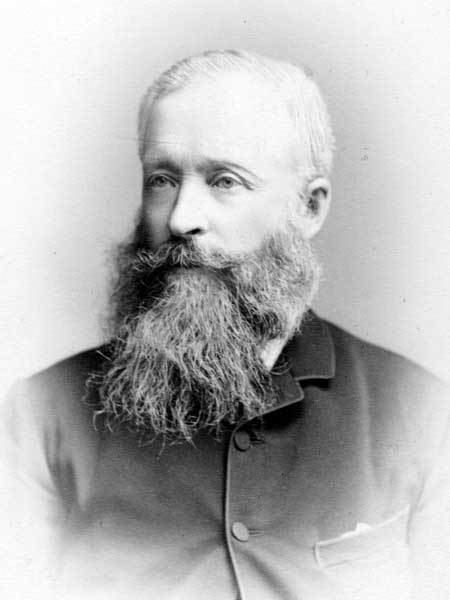Genus Ursus Higher classification Bears | Phylum Chordata Family Ursidae Scientific name Ursus inopinatus Rank Species | |
 | ||
Similar Bear, Andean wolf, Bergman's bear, Nguma‑monene, Kting voar | ||
MacFarlane's bear is a proposed extinct species of bear that was found in Canada's Northwest Territories. In 1864, Inuit hunters shot and killed an enormous yellow-furred bear and gave the skin and skull to the Fort Anderson post manager and amateur naturalist Roderick MacFarlane (sometimes given as Robert MacFarlane) of the Hudson's Bay Company. MacFarlane shipped the skin and skull to the Smithsonian Institution where they were placed in storage and soon forgotten. Eventually, Dr. Clinton Hart Merriam uncovered the remains, which he thought had been shot very far outside the brown bear's normal range, and concluded that it wasn't a brown bear at all. In 1918, he described the specimen as a new species and genus, Vetularctos inopinatus, calling it the "ancient unexpected bear."

With the exception of unconfirmed sightings, MacFarlane's bear is sometimes thought to have become extinct since the specimen was obtained in 1864. There have been many theories concerning the origin of MacFarlane's bear, which include suggestions that it may have been a grizzly–polar bear hybrid, or even a surviving representative of a Pleistocene species.
The recent discovery of demonstrable grizzly-polar bear hybrids that match the specimen's description very well, notably the pale tan fur and oddly shaped skull that led Merriam to propose his new genus, places the validity of the proposed species and its associated scientific names into question.

In episode #215 of the History Channel program Monster Quest, "Giant Bear Attack", paleontologist Dr. Blaine W. Schubert (of East Tennessee State University) was allowed to examine the skull (although the Institute did not allow the examination to be filmed). Schubert stated that he was "100% sure" that it was the skull of a young, female brown bear and "actually, not a particularly large individual."

In a 1984 publication intended to correct Merriam's 1929 taxonomy proposing 96 distinct species names for varieties of brown bear, E. Raymond Hall synonymized all 96 of Merriam's names with merely nine subspecies of U. arctos. Hall synonymized Velarctos inopinatus with U. arctos horribilis, the normal grizzly bear.

